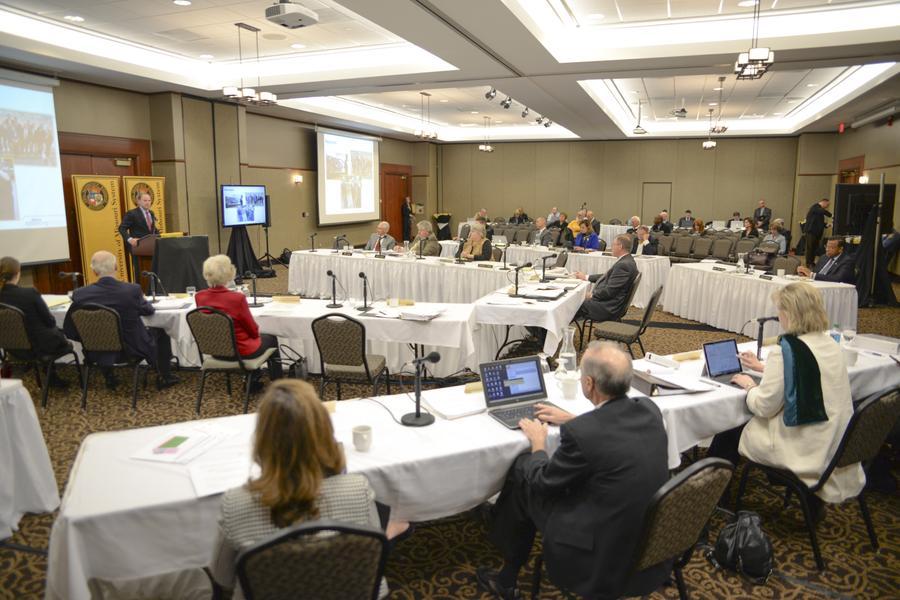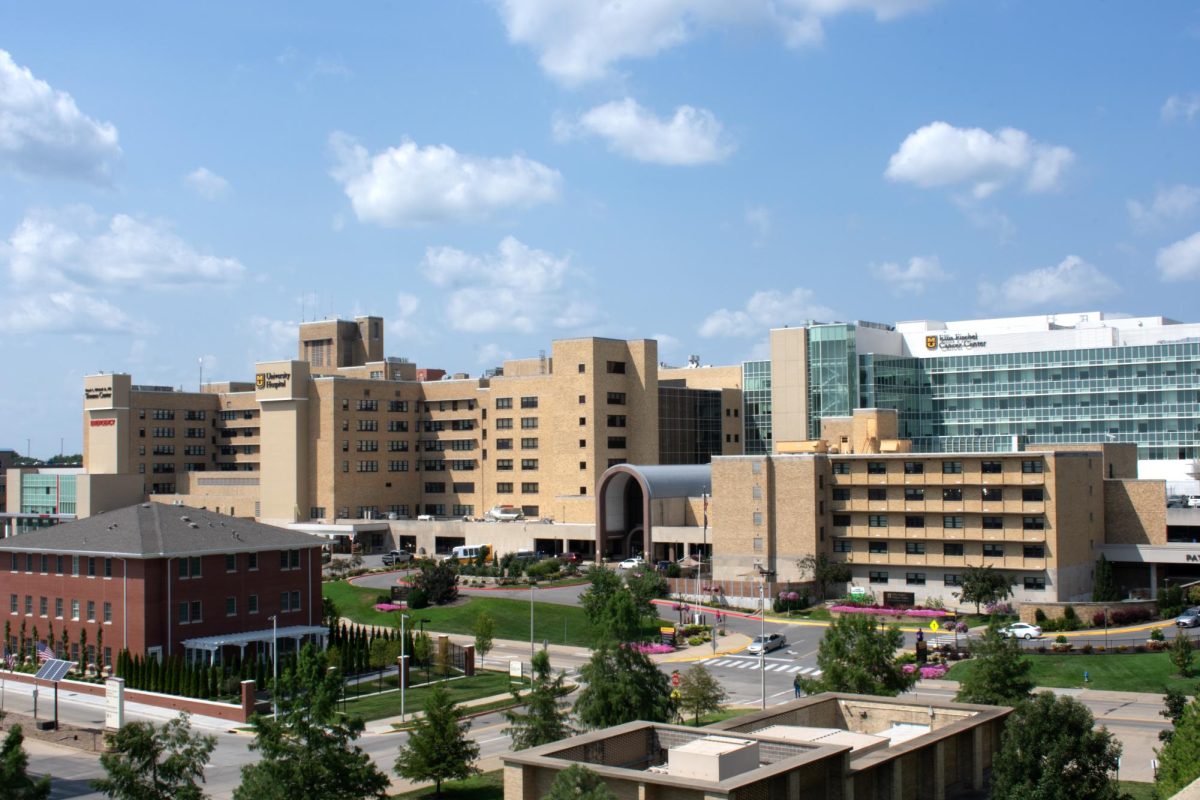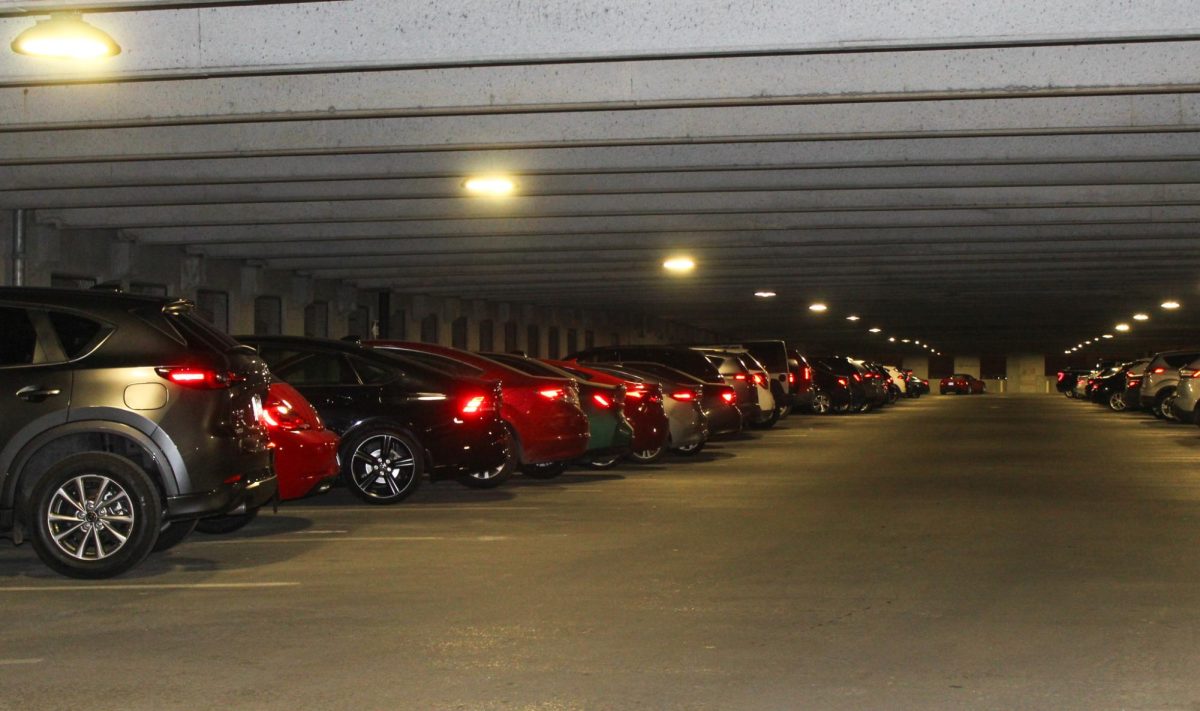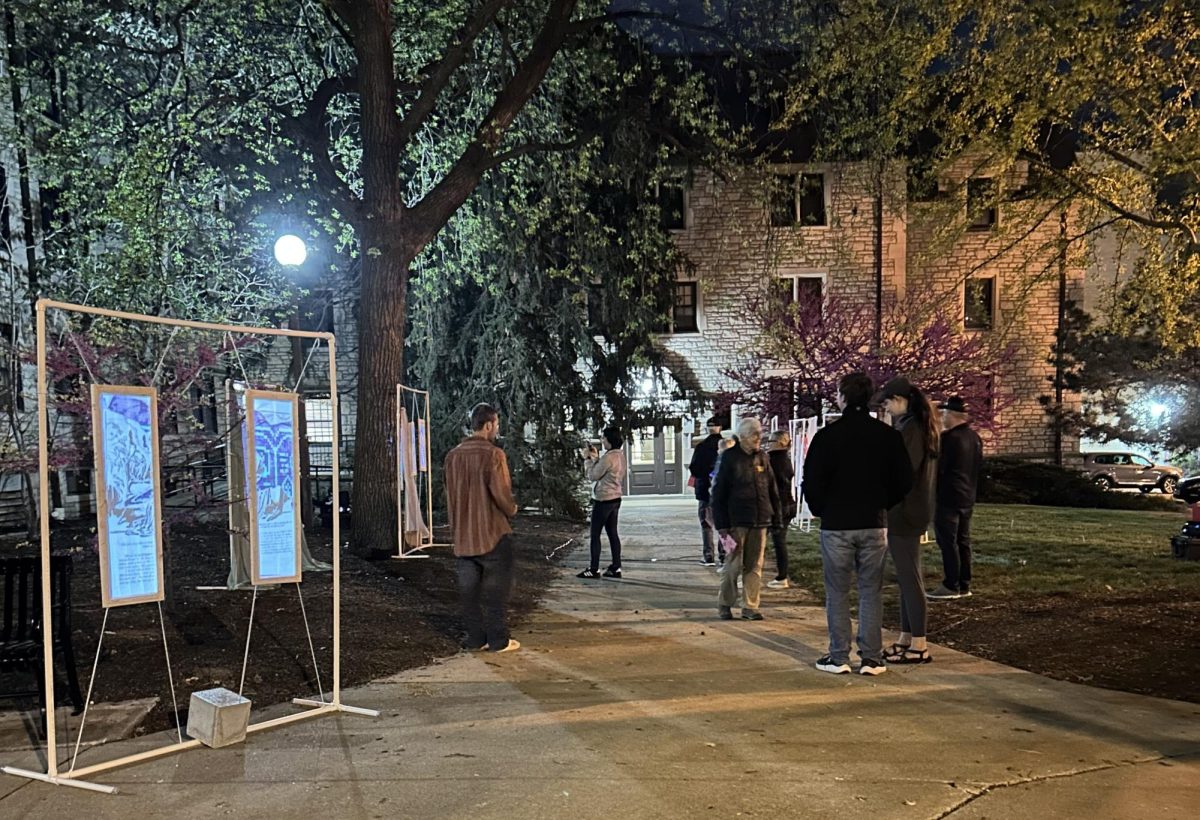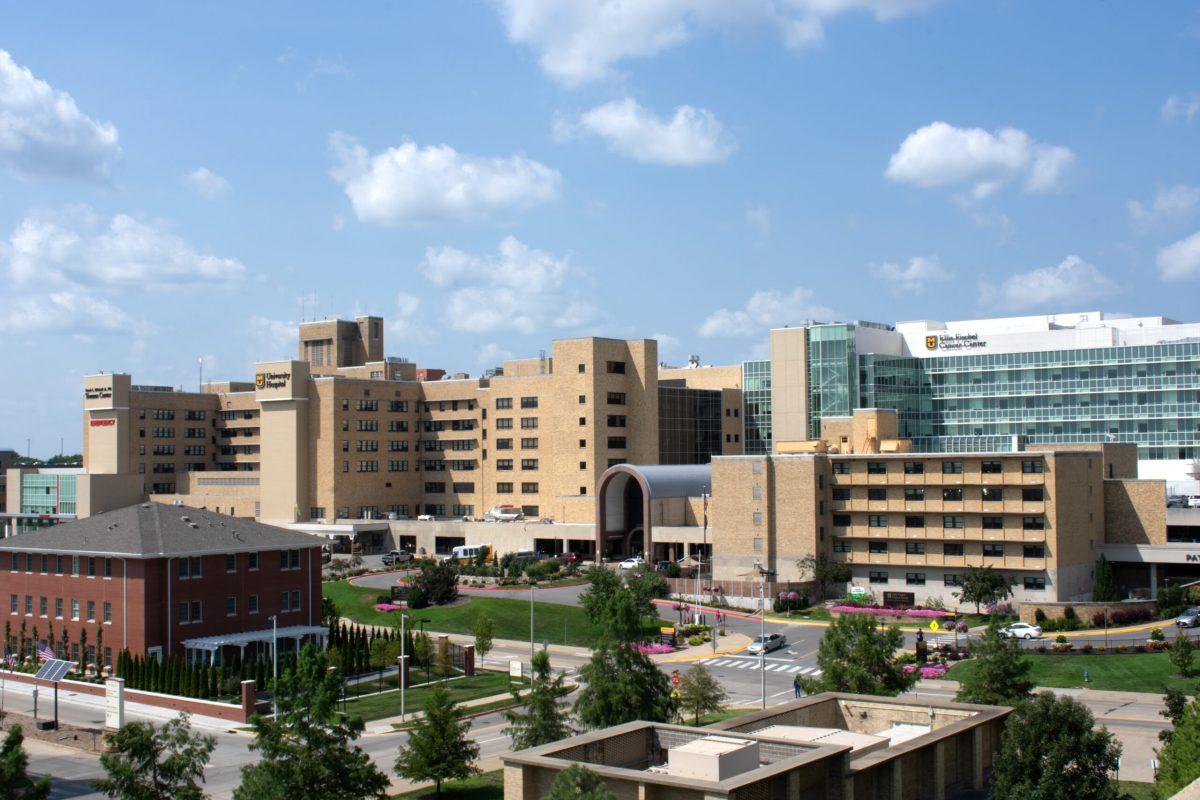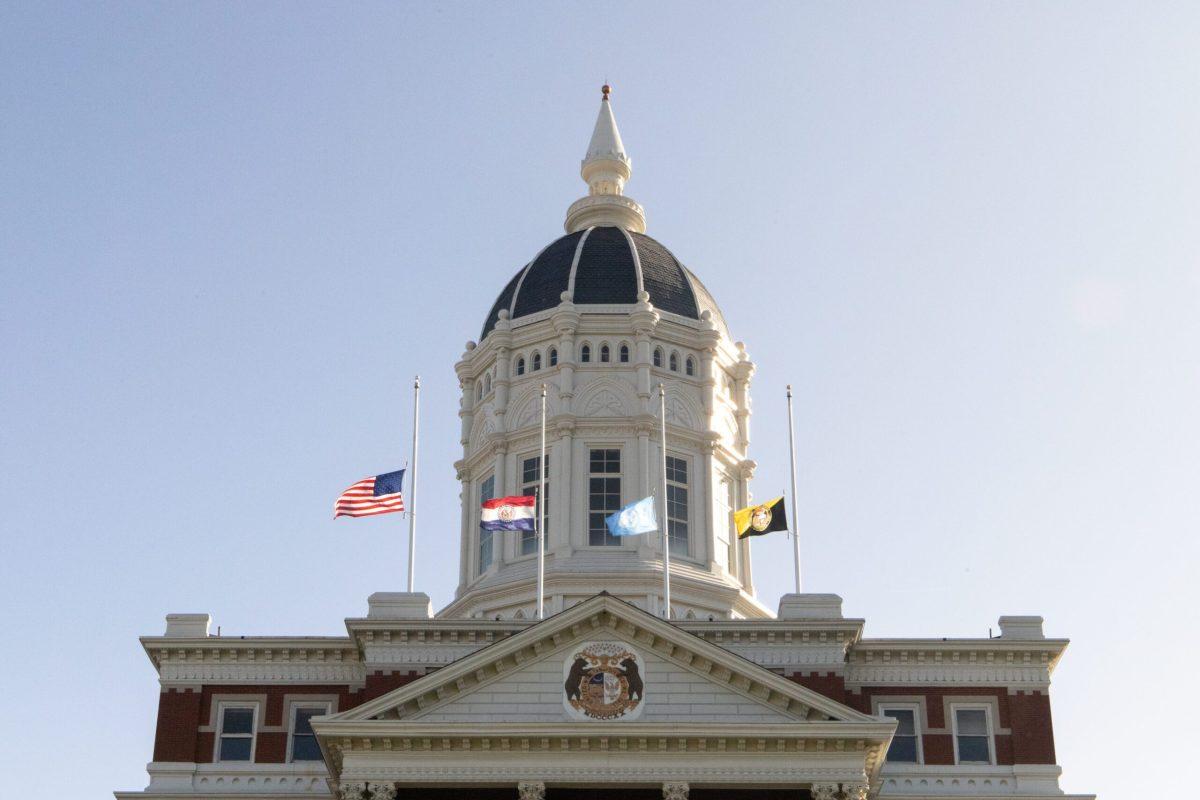On Wednesday, the Board of Curators unanimously approved a tuition hike for all students except Missouri resident undergraduates for the 2016–17 school year, differing from a [previously announced decision to not increase tuition](https://www.themaneater.com/stories/2016/4/21/compromise-legislators-limit-cuts-um-system-and-mu/).
Nonresident undergraduate tuition will increase by 3 percent, totalling an additional $717 for the academic year based on 15 credit hours. The tuition hike for nonresident graduate students is also set at 3 percent. Based on the consumer price index, resident graduate tuition is set to increase by 0.7 percent, or $60 for the academic year.
Tuition for professional students will also increase for both resident and nonresident students. The increase is between 0.7 and 6 percent, depending on the school and the student’s residency status.
In April, after Missouri legislators agreed to limit cuts to the UM System and MU, UM System spokesman John Fougere confirmed that there would be no tuition hike for any of the four campuses within the UM System. But on May 16, the board published the proposed tuition rates, which included tuition hikes for many students.
“We were waiting to see the state action on our state appropriations,” said Brian Burnett, UM System vice president for finance.
Burnett said that the UM System was grateful for the 4 percent performance-based funding increase from the state. He said that while graduate, professional and nonresident undergraduate tuition is increasing, it’s “good news” for resident undergraduate students.
[According to the tuition hike proposal](https://board.um.umsystem.edu/May%2018%202016%20Board%20of%20Curators%20Special%20Meeting/Combined%20PDF%20May%2018%202016%20Special%20Board%20of%20Curators%20Meeting.pdf), the proposed tuition recommendations are “based on economic and market circumstances of each of the campuses.”
Additionally, the curators also approved fee increases. The information technology fee at MU will increase by 10 cents per credit hour; the student activity, facility, and service fees will increase by $3. Supplemental fees for the Trulaske College of Business and Sinclair School of Nursing are also set to increase.
Curator John Phillips said during the meeting via teleconference that he believes it would be more transparent to have differential pricing of tuition for high-cost programs instead of continually increasing supplemental fees.
Differential pricing would allow students to see upfront how much their education would cost as opposed to having a set tuition amount for every student and then charging varying supplemental fees depending on their program.
“I think that we ought to, for transparency’s sake, take a hard look at differential pricing depending on the cost of education,” Phillips said. “[At] other schools, like nursing, engineering or maybe even the business schools, the cost of providing education is more than at maybe some of the other schools … An engineer may be getting a bargain while somebody in [the College of] Arts and Science is perhaps paying more than they should.”
Curator David Steelman said he agreed with Phillips.
“I think it is imperative to have a conversation on differential tuition, which I believe is much more transparent, much more fair to students,” Steelman said.
Burnett said conversations about differential pricing are occurring and will be discussed at a later date when there are more details.
The proposal to increase tuition came after a May enrollment memo from the Division of Enrollment Management showed that [the decline in enrollment for fall 2016 is larger than anticipated](https://www.themaneater.com/stories/2016/5/14/mu-braces-2600-fewer-students-fall-46-million-budg/). According to the memo, there will be a decline of at least 2,600 students, leading to a larger budget shortfall as well.
_Edited by George Roberson | [email protected]_


